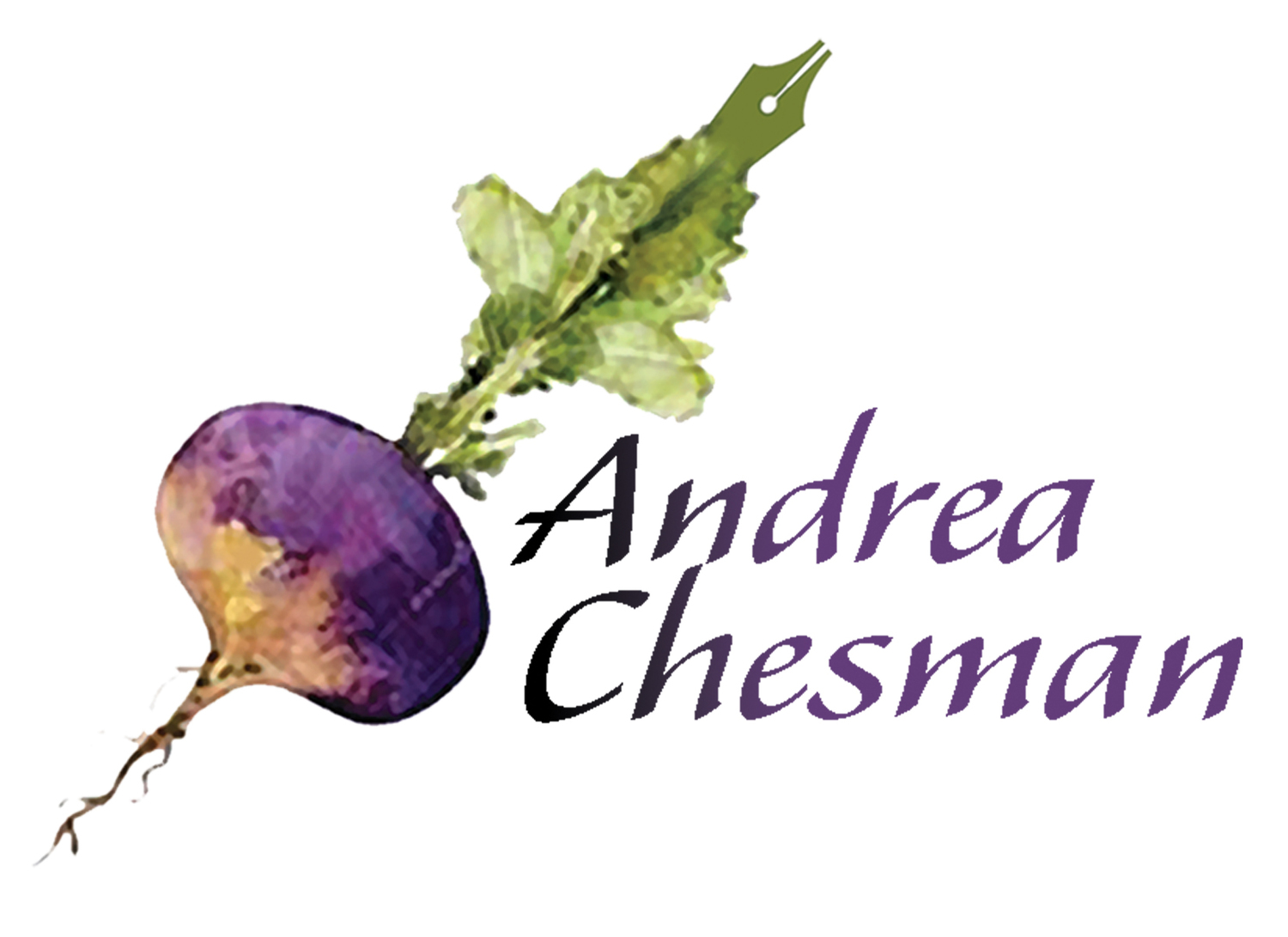Cooked lentils: brown lentils (top), black beluga lentils (right), red lentils (bottom), French green lentils (left).
This is the time of year when menu fatigue sets in—at least in the North, where the snow is still retreating and there is little hope of locally grown vegetables for at least six weeks. Have you thought about expanding your lentil repertoire to bring new flavors to the dinner table?
Lentils? New life? Aren't lentils boring?
Hardly. I recently taught a class on cooking with lentils called "Lentils in Many Languages" because there are so many cuisines to draw from when it comes to making them.
Lentils originated in the Middle East at least 8000 years ago, maybe even 13,000 years ago. They spread throughout the Middle East and South Asia soon thereafter. So of course, there are some delicious Middle Eastern dishes, like Mudjara, which a Syrian friend taught me to make. All it takes is rice, lentils, onions, and buttermilk, and it becomes one of those dishes that is far greater than the sum of its parts. Mudjara is one of the many, many lentil dishes that is believed to be the porridge for which firstborn Cain (a hunter) in the Bible sold his birthright to Abel (a farmer). Whether the story is true or not, the dish is good enough to make the story credible.
There are some 200 varieties of lentils to choose among, not that your local grocer is going to stock them all. The red, yellow, and pink lentils tend to cook to mush, making them good for soups and purees, like the dahl recipe I have below. The round French green lentils (lentiles du Puy) and black lentils (also called beluga lentils) hold their shape well, making them perfect for salads. Earthy green or brown lentils are the most common.
Although I love to try out new recipes from time to time, dishes that don't really require following a recipe precisely are the building blocks of my meal repertoire. Both Mudjara and Dahl are excellent for that purpose – simple dishes that are so foolproof, they can be made without consulting a cookbook. This may be an odd confession from someone who writes cookbooks, but we are all full of contradictions like these lentil dishes—simple to make but complex in flavor.
Curried Dahl
Curried Dahl. Serve as side dish with an Indian meal or make it a main course and serve over rice.
Serves 4 to 6
2 cups red lentils, chana dal, orange lentils, red lentils, or yellow split peas
6 cups water
1 teaspoon salt, plus more as needed
3 tablespoons ghee, butter, or coconut oil, plus more as needed
1 large onion, halved and thinly sliced
4 garlic cloves, minced
1-inch piece of ginger, peeled and minced
1 tablespoon cumin seeds
Chopped cilantro to garnish (optional)
1. Combine the lentils, water, and salt in a medium saucepan and bring to a boil. Cover, reduce the heat, and boil gently until the lentils are completely tender, 30 to 40 minutes.
2. Meanwhile, heat the ghee in a small skillet over medium heat. Add the onion, garlic, ginger, and cumin and sauté until the onions are golden, about 10 minutes. Keep warm.
3. When the lentils are completely tender, stir the onion mixture into the lentils and continue stirring until the lentils are creamy. If the mixture is too loose, increase the heat and let boil until the mixture thickens to a pleasing texture. The lentils are done when they have the consistency of creamed corn. Taste and add salt if needed. Add more ghee for a richer, more luxurious dish. Garnish with cilantro.
Just six ingredients make up this dish. Note how the red lentils turn yellow when cooked.
Adapted from Recipes from the Root Cellar by Andrea Chesman. ©2010 Andrea Chesman. All rights reserved.
Mudjara
Serves 4
Not most beautiful dish in the world, so a colorful salad is a good accompaniment.
A Syrian rice and lentil classic, this dish has as many variations as it has spellings, including mjudra, mujadra, and mejadra.
1 cup dried green or brown lentils, rinsed
Salt
Water
1 1/2 cups uncooked brown rice
1/2 teaspoon salt
3 tablespoons extra-virgin olive oil
3 large onions, halved and thinly sliced
4 garlic cloves, minced
1 1/4 cups buttermilk
Freshly ground black pepper
1. In a medium-size saucepan, cover the lentils with water by about 3 inches and add 1/2 teaspoon salt. Bring to a boil, then reduce the heat to a gentle boil, and cook until the lentils are tender but still hold their shape, about 25 minutes. Drain and rinse the lentils with hot water.
2. Meanwhile, combine the rice, 1/2 teaspoon salt, and 3 1/4 cups water. Bring to a boil, then reduce the heat to a simmer, and cook until the rice is tender and the water absorbed, about 30 minutes.
3. While the rice and lentils cook, heat the olive oil over medium-low heat in a large saucepan. Add the onions and cook, stirring frequently until the onions are golden, about 10 minutes.
4. Add the cooked lentils and rice to the onions. Add the buttermilk to moisten and bind the mixture. Season to taste with salt and pepper. Serve warm or at room temperature.
A few simple ingredients, plus rice, make this dish greater than the sum of its parts.
Adapted from Recipes from the Root Cellar by Andrea Chesman. ©2010 Andrea Chesman. All rights reserved.






